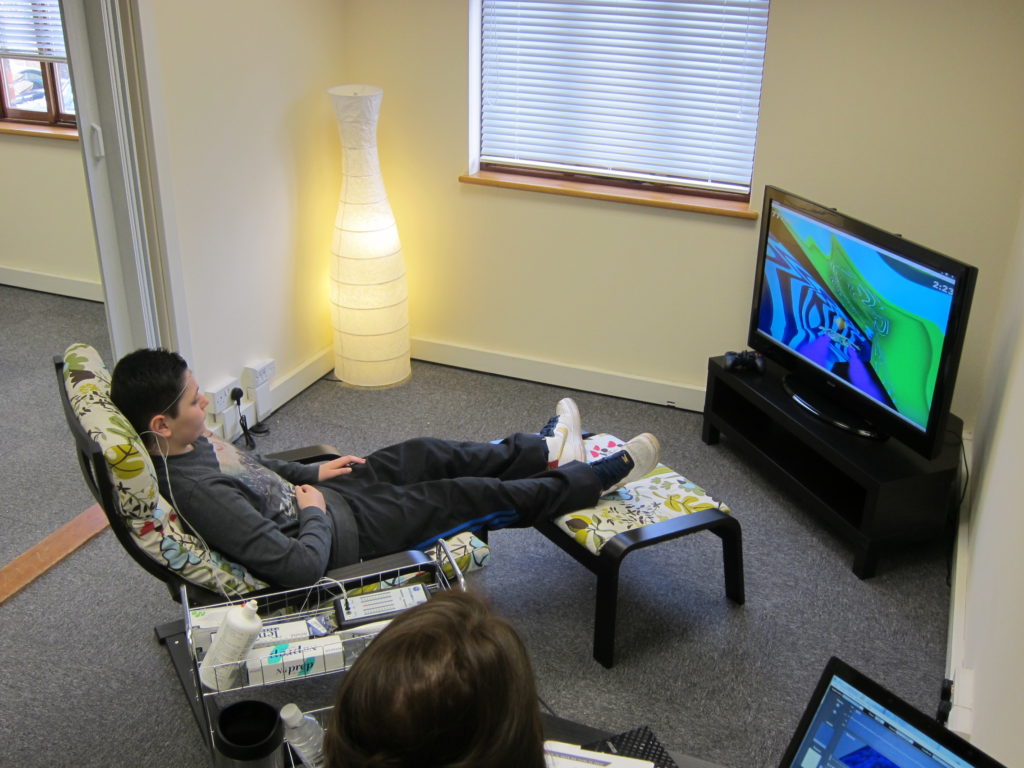Unveiling the Connection Between quantitative EEG and Sleep Disorder Trends for Enhanced Assessment and Treatment
Unveiling the Connection Between quantitative EEG and Sleep Disorder Trends for Enhanced Assessment and Treatment
Blog Article
Sleep hypopnea is a common slumber condition that affects many individuals around the world. It happens when a individual's breathing is interrupted during sleep, resulting to poor slumber standards and multiple health issues. One of the methods scientists and physicians are working to improve understand and identify sleep apnea is through a method called quantitative electroencephalography, or qEEG. This approach assesses the electrical activity of the cerebrum and can provide valuable understandings into how sleep apnea affects brain activity and general health.
qEEG entails placing small electrodes on the scalp to capture cerebral waves. These brain waves are then examined to identify patterns that may indicate sleep conditions, including sleep apnea. By analyzing these trends, healthcare professionals can obtain a more precise understanding of how sleep apnea interrupts normal cerebral activity during slumber. This data can be crucial for developing effective therapeutic strategies customized to specific patients. Understanding the relationship between qEEG and sleep apnea can result to enhanced diagnostic methods and better results for those impacted by this condition.
Studies has demonstrated that people with sleep apnea often exhibit distinct changes in their cerebral wave trends. For example, during episodes of apnea, the brain may show increased function in specific regions while additional areas become less active. These alterations can influence how well a individual sleeps and how rested they feel upon waking. By using qEEG to monitor these brain oscillation trends, physicians can identify particular traits of sleep apnea in clients, which can special info assist in formulating a more accurate diagnosis. This is especially important because sleep apnea can sometimes be mistaken for alternative sleep conditions, resulting to misguided therapies.
In furthermore to enhancing identification, qEEG can also serve a role in evaluating the effectiveness of therapies for sleep apnea. For example, after a client starts employing a constant beneficial airway force (CPAP) device, which assists maintain the passage clear during sleep, qEEG can be used to evaluate alterations in cerebral function. If the cerebrum exhibits enhanced trends of slumber after initiating treatment, it may suggest that the treatment is working effectively. This feedback can help doctors make required adjustments to treatment plans, ensuring that patients receive the best care possible.
Overall, the connection between qEEG and sleep apnea trends is an promising area of study that holds potential for improving diagnosis and therapy. By comprehending how sleep apnea impacts brain function, healthcare providers can develop more effective strategies to assist clients attain improved sleep and improve their overall health. As research continues to advance, it is probable that qEEG will turn into an integral tool in the fight against sleep apnea, leading to better results for those who suffer from this challenging condition.